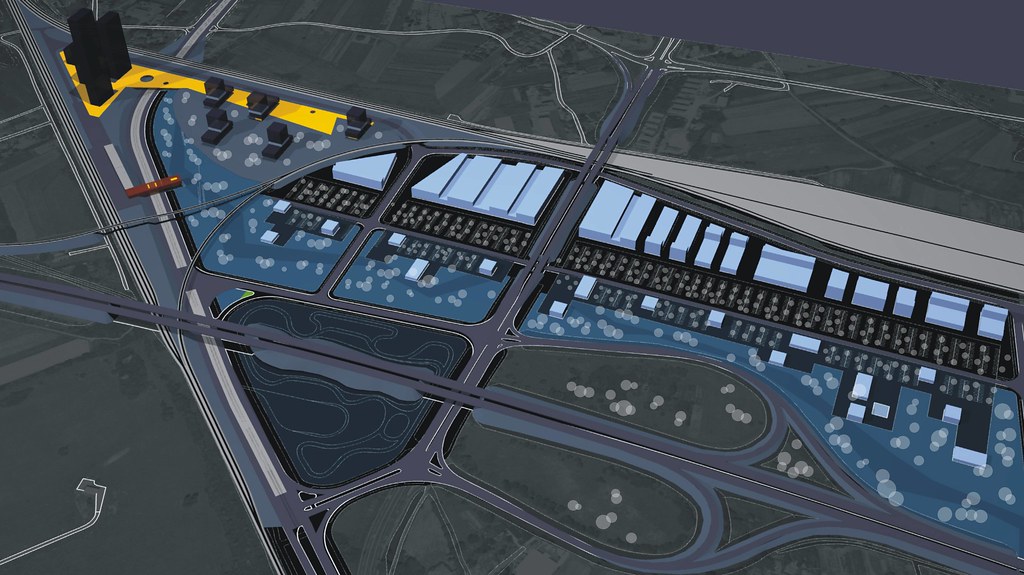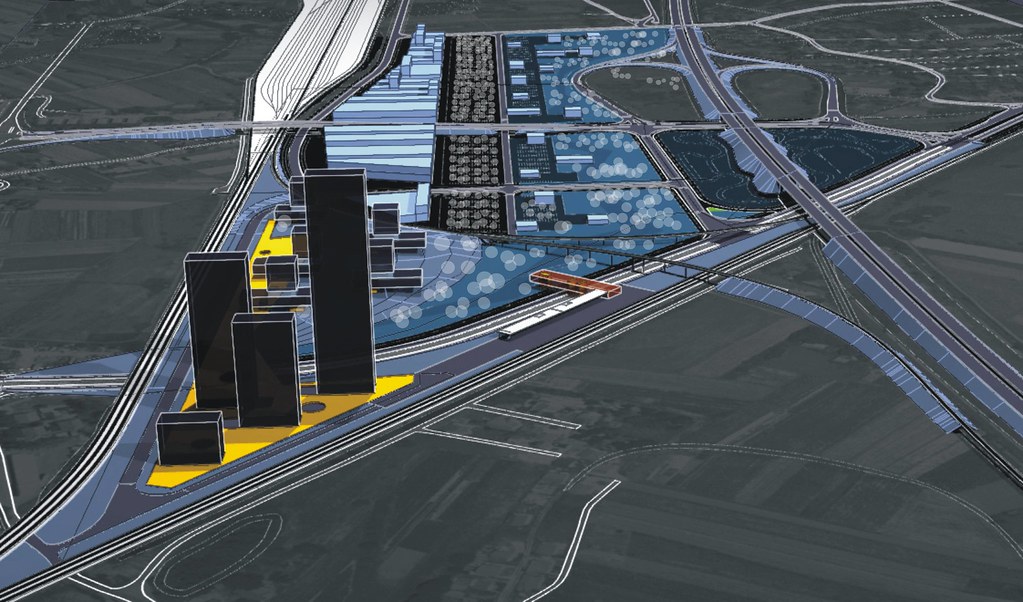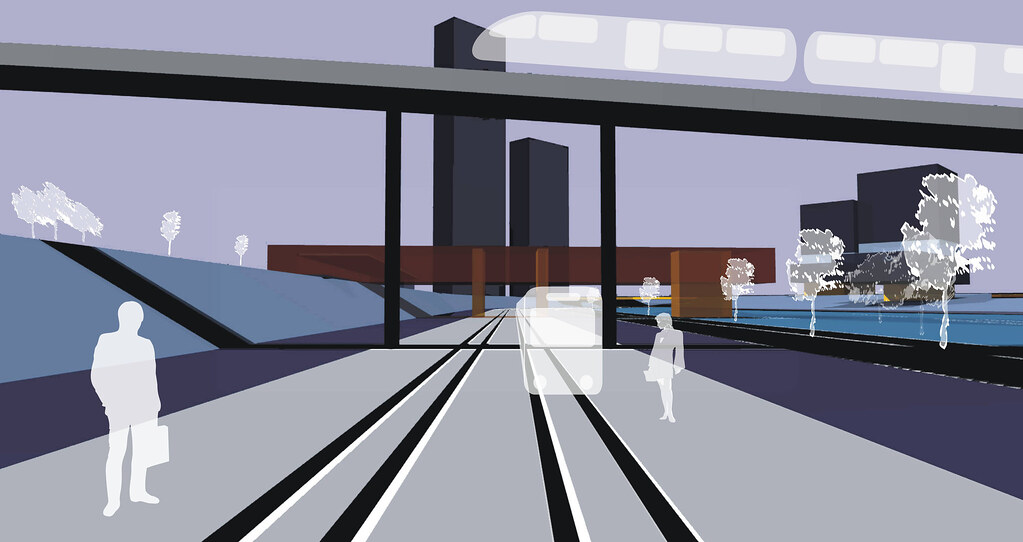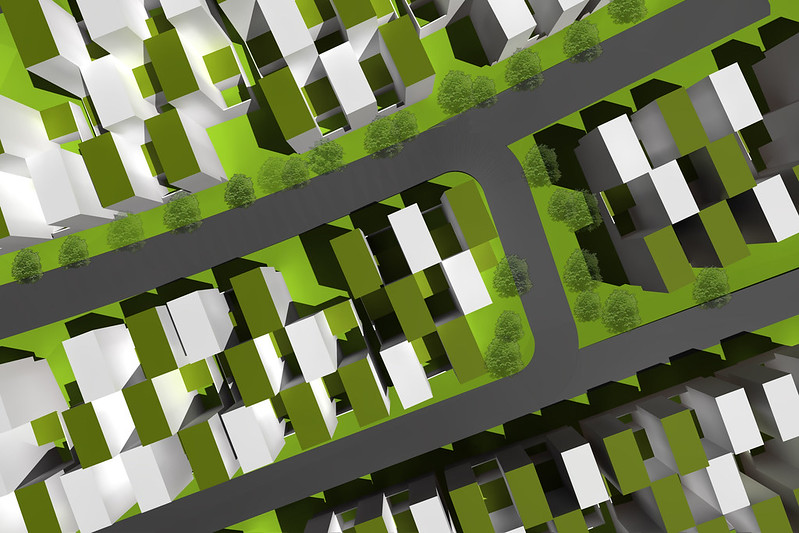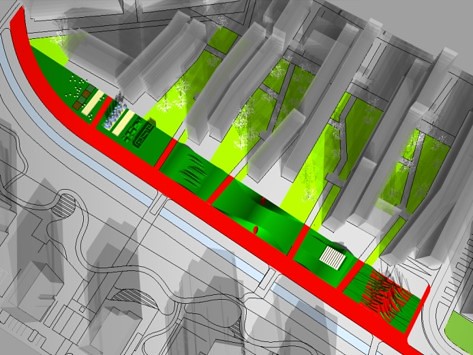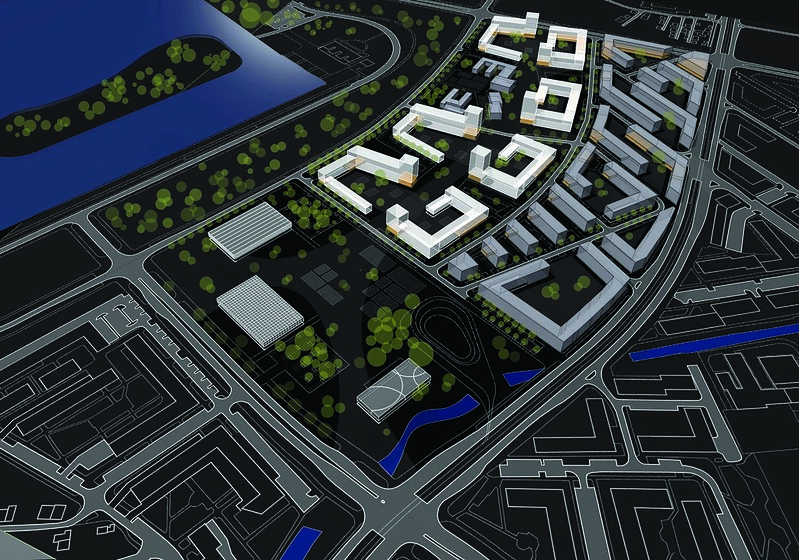Economic expansion requires infrastructure, and urban expansion requires space. Zagreb confirms that these two requirements are often contradictory, or the origins of permanent tension; Historical cities are the verse cities, their amplitudes of development, the amplitudes of the existence of ideas-plans of funds, the amplitudes of destruction, outline too much space stagnation, space when problems accumulate. The problems of the last 100 years of Zagreb's urbanism are infrastructure problems. In such situations it is easiest to turn a new leaf to appropriate new territory and to plan a new city.
Today's situation could be called third chance-because the third time we solve the big problem in the city. We have not mastered the railroad and the rift between Lower town and modern Zagreb is still stands unused. We have not mastered the river Sava because we simply don't have the strength to do it. We come to the bypass with faith that this time we will not be mistaken.
Jumping the city when it conquers new territories is always conditioned by great needs (political, residential, economic) and this always brings a great risk because it ignores small needs. New conquering of space always go alongside the existing infrastructure corridors. The most frequently planned for another method of exploitation (e.g. Bypass).
